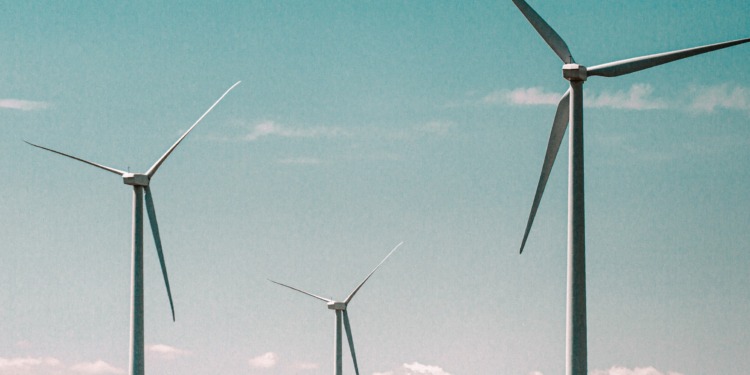China, the largest economy in Asia and the second-largest in the world, has been making headlines recently for its progress in deploying renewable energy to reduce emissions and meet the growing demand for electricity.
But while the country has made significant strides in increasing clean energy installations, the wind energy sector faces increasing competition among Chinese wind turbine manufacturers, resulting in a downward pressure on prices.
In a recent statement, China’s Xinjiang Goldwind Science & Technology Co., the world’s largest wind turbine producer, revealed that its sales volume increased by over a quarter in the first nine months of 2023 compared to the same period in 2022.
Despite the increase in sales, however, the company’s net income plummeted by a staggering 98% to 9.4 million yuan ($1.29 million) in the third quarter of this year, compared to the same period in the previous year.
Bloomberg explains that this is a result of declining prices stemming from higher demand. In fact, according to BloombergNEF, Chinese wind turbine producers are selling their products at a price about 20% cheaper than Western manufacturers.
Citigroup analyst Pierre Lau says the company’s decline in profits is also due to “higher selling expenses and research-and-development costs.” As Bloomberg NEF pointed out last month, all national subsidies expired in 2021 and Chinese wind producers are now facing higher costs as a result.
The company’s announcement has sent shockwaves throughout the renewable energy industry, causing its shares to drop by as much as 5% on the Shenzhen stock exchange.
Related article: World’s Largest Offshore Wind Farm Begins Generating Energy | Powered by the Wind: First Cargo Ship With ‘WindWings’ Sets Sail | A New Era in EU Electricity: Wind and Solar Overtake Gas | Europe on the Brink of a Clean Power Revolution
This profitability challenge is not unique to Goldwind; clean energy technology manufacturers worldwide are struggling with escalating costs and project delays, Bloomberg points out.
Siemens Energy AG, for example, saw its stock price plummet by over a third recently, the company announced this week. Meanwhile, Vattenfall AB and Iberdrola SA canceled some wind energy projects this year.
Despite the challenging landscape, the future of wind energy in China remains promising. The country’s relentless push for renewable energy adoption aligns with its environmental goals and the need to meet growing energy demands. As the renewable energy sector grapples with these hurdles, innovation, cost reduction, and global cooperation will play pivotal roles in ensuring a sustainable and prosperous future for clean energy.
However, for Xinjiang Goldwind Science & Technology Co. and other wind-turbine manufacturers, navigating these turbulent waters will require strategic adjustments and robust resilience to withstand the headwinds that currently buffet the industry.
Editor’s Note: The opinions expressed here by the authors are their own, not those of Impakter.com — In the Featured Photo: Wind turbines. Featured Photo Credit: Mike Setchell.








